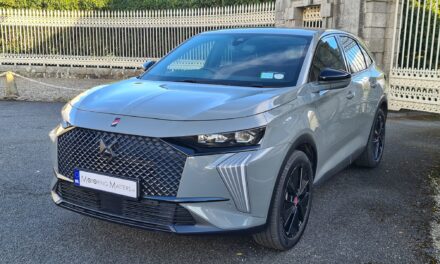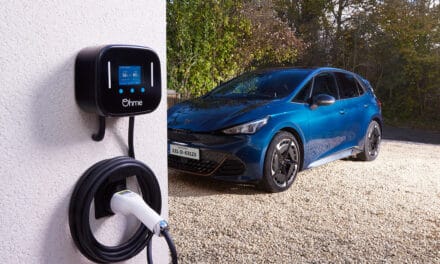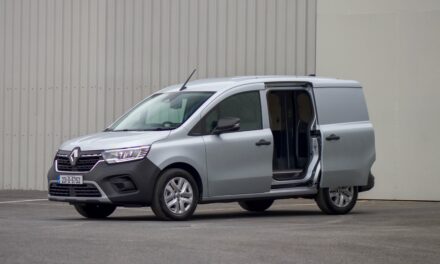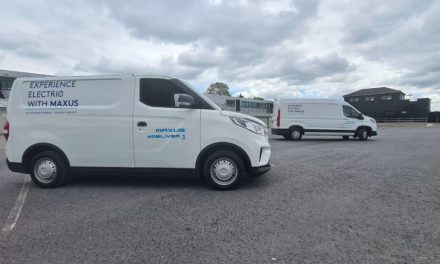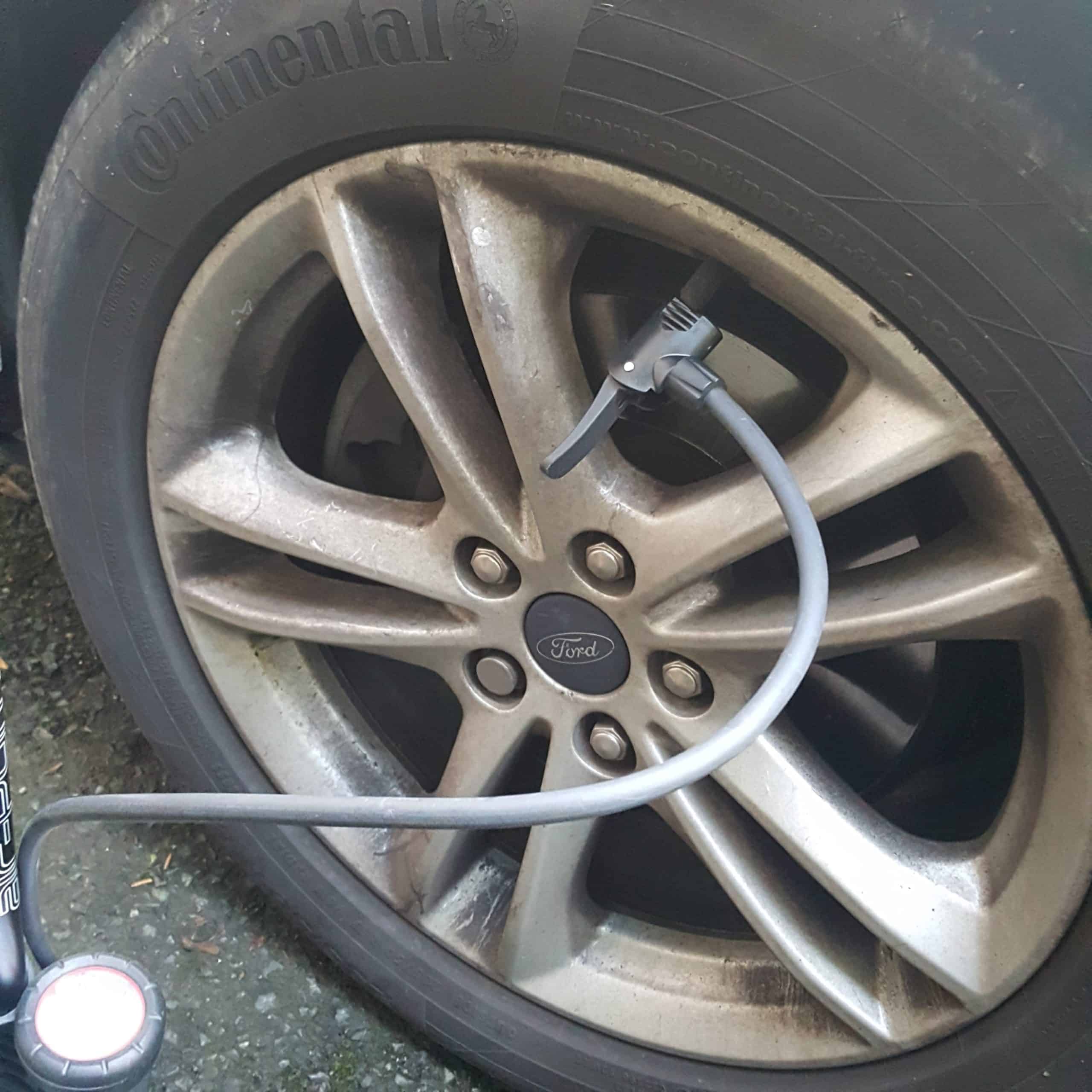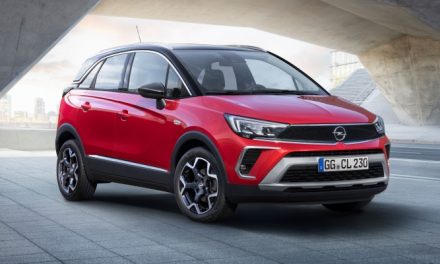
Tread Carefully To Save Fuel.
Tread carefully to save fuel.
Tyre checks recommended for drivers to save on rising petrol and diesel costs.
Petrol and diesel prices have surged to record highs in recent weeks, as Ireland and Europe suffer the shocks from the ongoing energy crisis.
And even though the Government cut fuel duty by 20c on unleaded petrol and 15c on diesel on March 9, drivers continue to face a squeeze at the pumps, with the average price of fuel reaching record levels of more than €1.80 per litre for petrol and €1.90 per litre for diesel.
Sadly, there’s little motorists can do to curb the rising fuel prices. But there are things you can do to make each litre of fuel – and each cent you spend – go further, such as taking care of your tyres to improve the fuel efficiency of your car.
According to premium tyre manufacturer Continental Tyres, performing simple maintenance checks while also monitoring your driving habits can significantly improve fuel economy, and save you having to fill up more often than is absolutely necessary – not to mention making sure you’ve got the right tyres fitted to your car in the first place.
Tom Dennigan of Head of Continental Tyres Ireland, commented: “As fuel prices continue to rise, it’s never been more important for drivers to make each tank of fuel go as far as possible.
“We know from surveys that we have carried out in Ireland that motorists rarely think about their tyres, so we shouldn’t be surprised to hear that the vast majority of drivers here underestimate the influence of their tyres on their fuel economy. Performing regular checks and ensuring the tyres on your car are operating as efficiently as possible will make a considerable difference.”
Properly inflated tyres can help to reduce fuel consumption according to the expert technical teams at Continental. Your vehicle’s tyres generally lose about one PSI per month, so it is recommended that you check their pressure when cold, at least monthly, and preferably fortnightly. To check the tyre pressure, always look for the car’s recommended pressure levels, which can be found in the owner’s manual, inside the fuel cap or on the door pillar.
“And interestingly, you can get penalty points for having incorrectly inflated tyres in Ireland. According to statistics provided by the Road Safety Authority, a small number of motorists receive penalty points for the offence of having incorrectly inflated tyres every month, so there is more than just a fuel-efficiency incentive to make sure you have the right pressures in your tyres”, commented Dennigan.
It’s also important to check for signs of uneven wear on the tyres, especially along the edges of the front pair. Uneven wear could indicate a tracking or suspension problem that could increase fuel consumption and cause your tyres to wear more quickly. And bear in mind that once your tread wears down to 1.6 mm, you are legally required to change the tyre immediately.
Tom Dennigan added: “When the time comes for replacing your tyres, fuel economy is a key consideration. Any good tyre fitter will be able to advise on a suitable replacement for your vehicle – with similar characteristics to the tyre that the manufacturer fitted it with when it was brand new.
“Always pay attention to the EU Tyre Label that must appear on the tyre before you buy it. An ‘A’ rating for rolling resistance tells you that the tyre rolls very efficiently – meaning it takes less power, and therefore less fuel, to move the vehicle. Rolling resistance is the energy a vehicle needs to maintain a constant speed. The main factor that contributes to rolling resistance is an action known as hysteresis – this is fundamentally the energy loss that occurs as a tyre rolls through the footprint”.
There’s also a lot you can do at the wheel to improve your fuel economy. Speeding and harsh braking wastes a considerable amount of fuel and can impact your fuel economy by more than a third. Monitoring your car’s RPM is a good way to see how hard the engine is working. Anything equal to 3000 or below is your sweet spot and can increase fuel efficiency. To ensure maximum saving, let the vehicle speed up continually at a lower RPM and finally, consider what (or who!) you’ve got in the back, in the boot or on the roof! Excessive on-board weight will cause the engine to work harder, and more work calls for more fuel. Remove any unnecessary items you don’t need to carry around with you.
“The load on-board will also likely determine what the optimum tyre pressure of your car should be – so be open to making adjustments if you’re heading off on a staycation with a packed car this summer”, concluded Dennigan.

